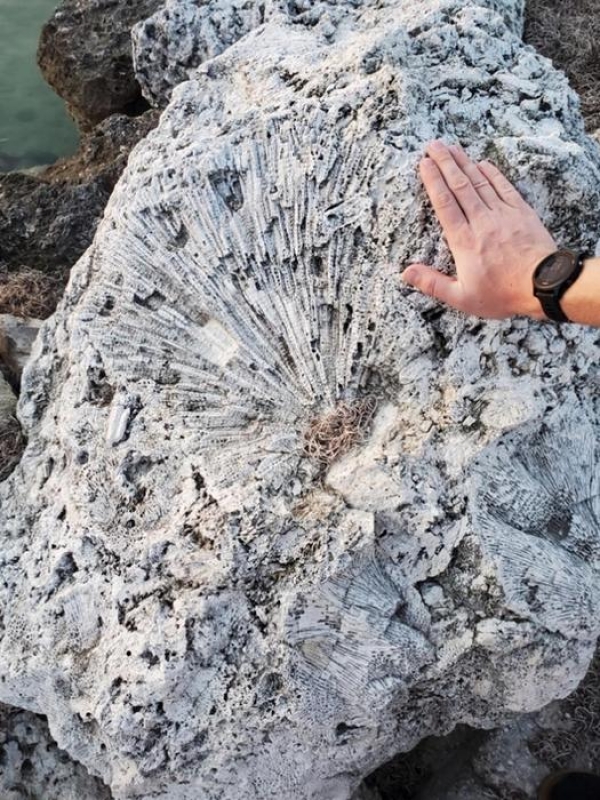Wastewater contains nutrients that can overfeed algae, leading to harmful algal blooms and pollution issues in the ocean and other waterways. A new study by researchers at Penn State tracked how these nutrients migrate from disposal sites in the Florida Keys, and the results have already informed wastewater practices in the region.
The scientists reported their findings, which summarize two years of wastewater and groundwater monitoring data, in the journal ACS ES&T Water. The data were made public as they were collected.
Many treatment facilities in the Florida Keys perform initial biological and chemical treatment of wastewater and then inject it into shallow wells, less than 100 feet underground. In theory, remaining nutrients like inorganic phosphate would adsorb or stick to the surface of the porous limestone bedrock as the wastewater plume travels in the subsurface before reaching coastal waters, the scientists said.
Read more at Penn State
Image: Pleistocene-aged fossil coral within the Key Largo Limestone bedrock. (Credit: Miquela Ingalls/Penn State)
Sci/Tech Pollution Top Stories
